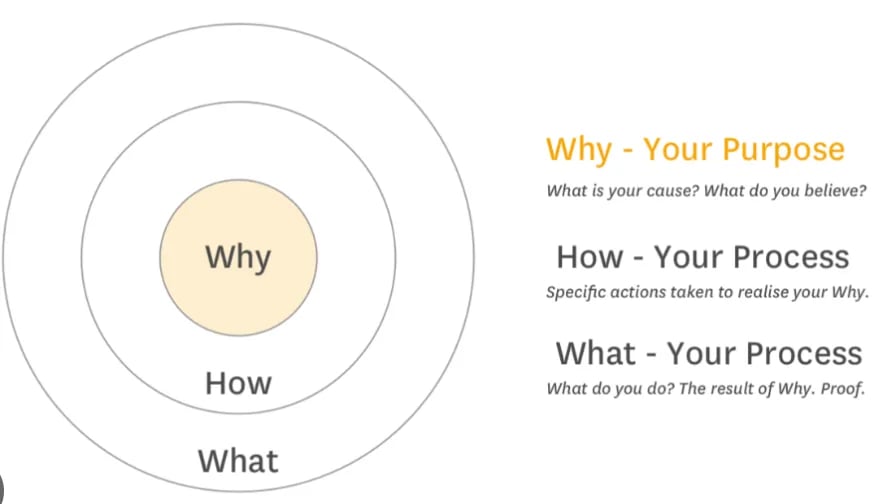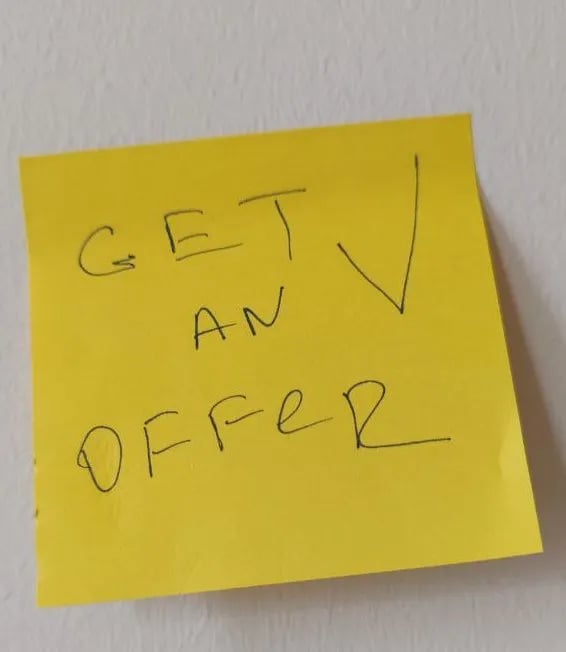Upon discovering my profound passion for the fintech industry and my unwavering desire to embrace fresh challenges and step beyond the boundaries of my comfort zone, I set my sights on becoming a TPM in a renowned organization like Mastercard. Here’s how I made it happen:
A well-crafted CV is essential in showcasing your achievements and skills as a TPM. I focused on highlighting my accomplishments rather than just listing responsibilities. I followed a concise format: Why, How, and What, supported by quantifiable numbers. Additionally, I ensured my CV was no longer than one page, with a strong and adaptable summary tailored to each role I applied for.
This extensive preparation, often involving weekends and intense effort, helped me elevate my professional skills to completely another level. It was a challenging time, especially with the onset of layoffs and limited job openings, but I was able to find an opportunity! Remember it works only in this way:
Preparation + Opportunity = Luck to get a new role
To excel as a TPM, I knew I needed a strong foundation in system design. One invaluable resource I relied on was the book “System Design Interview — An Insider’s Guide: Volume 2” by Alex Xu. It provided in-depth insights into system design interviews and helped me develop a solid understanding of key concepts. You can find it on Amazon.
Additionally, I subscribed to Educative, an online learning platform that offers a comprehensive course on modern system design interviews. This subscription helped me gain a deeper understanding of system design concepts and interview structures.
To gain further insights and perspectives, I also explored the YouTube channel System Design Interview, which provided real-life use cases and enhanced my understanding of system design interviews.
You could also find more books here https://github.com/systemdesignfightclub/SDFC.
Behavioural interviews play a crucial role in the TPM hiring process. To prepare, I adopted a structured approach by documenting my experiences and cases on Notion. Using the STAR++ method, I recorded my conflicts, achievements, experiences managing product managers and programs, significant failures and successes, and handling difficult situations.
I also prepared answers to common behavioural questions such as “tell me about yourself,” “how to act without authority,” and “how to make data-driven decisions.” I even explored topics like working in a multicultural team, thanks to the book You Are Good at Crossing Invisible Cultural Boundaries, which significantly contributed to my understanding of effective communication and cultural awareness in interviews.
To refine my answers, I participated in 70+ mock interviews focused on behavioral questions and took part in 12 mentoring sessions. These experiences helped me learn valuable techniques such as maintaining eye contact and answering questions in a positive manner. The book ‘Always start with Why’ (here’s my post about it) provided valuable guidance on explaining the rationale behind my decisions.


Every time I was told I had the best CV Hiring Managers had ever seen! :)
When interacting with different professionals such as a VP of Product Management, Principal Solution Architect, or TPM , it is essential to tailor your stories and responses to align with their specific roles and responsibilities!
In a matter of weeks, a remarkable offer landed in my lap, and I eagerly seized the chance to embark on an exciting new chapter in my career journey! Drop me a line if you want to learn more or set up a session to help you to achieve even bigger things!
And, Bonus section to help you be a better Project Manager, Program Manager or even Technical Program Manager role:)
Dive into the captivating world of technology, immerse yourself in software development, system architecture, and cloud technologies like AWS. Must-read books and practical courses like earning.edx.org and udemy.com are game-changers. Seek mentorship from experienced Solution Architects to navigate complex cases.
servant leadership, lead by example, and master the art of communication. Adapt to Agile methodologies and choose the right processes to tackle specific problems.
Books:
Develop strategic prowess through project management and conflict resolution skills.
..Powerful connections within the tech galaxy, engage with experienced TPMs, and absorb their wisdom.
..Through blogs, conferences, and networking to maintain relevance.
..strong relationships with stakeholders and fellow TPMs. Seek mentorship and learn from experienced professionals.
..in dynamic environments. Adapt, be flexible, and become a proactive problem solver.
..hinges on delivering tangible results. Set clear goals, plan meticulously, and monitor progress for flawless execution.
..challenges with resilience, hard work, and a growth mindset to achieve greatness.
...on these tips, and don't hesitate to reach out for help. Your support, likes, and subscriptions are greatly appreciated. Leave your feedback to help me continue sharing valuable insights.
Hope it was helpful! :)
Find out if MentorCruise is a good fit for you – fast, free, and no pressure.
Tell us about your goals
See how mentorship compares to other options
Preview your first month
